It’s not a secret that many people believe Naruto kind of ruined its own worldbuilding.
The series, considered, one of the Big Three in otaku culture, set up an interesting and intricate story that paved the way for future Shonen.
Dragon Ball is considered the grandfather of Shonen – with reason – but Naruto arguably brought things into perspective when it came to characters, plot, action, twists, power structure, and storyline.
Indeed, it has given us so much. The problem is, it gave us too much.
Naruto’s worldbuilding ticked all the boxes but as the series progressed, those boxes collapsed in on themselves. The infinite power-ups, inconsistencies, unnecessary complications, contradictions and dismissal of its own rules, led to the destruction of its own world.
Masashi Kishimoto crafted a world that was imminently immersible, but then threw it all away.
This is not to say that Naruto isn’t a good series. It’s one of the best, which is why it is still so popular. But other series, like Naruto’s predecessor, Dragon Ball, and its successor, One Piece, win against it when it comes to worldbuilding. Let me break down why.
What is good worldbuilding? What do Naruto, DB, and OP have in common?
Worldbuilding is as important an element in a narrative art as character and plot. In fact, good worldbuilding envelops them, in a way that the setting, the premise, the characters, and the “rules” of the world are closely related and interdependent on one another.
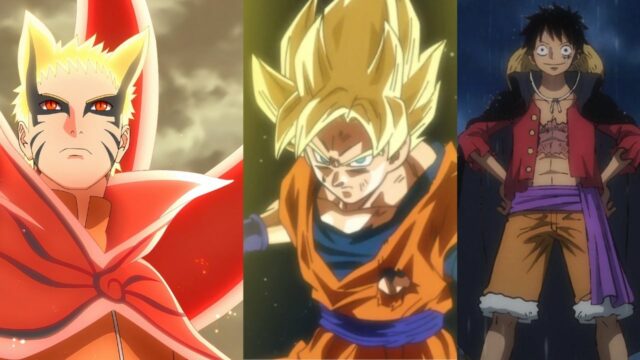
Naruto, Dragon Ball, and One Piece are all marked examples of excellent worldbuilding, because Kishimoto, Toriyama, and Oda created definitive worlds for their stories that were at once:
- deeply engaging and compelling,
- unique and imaginative,
- believable, and
- expansive and elaborately structured.
Their worldbuilding made us familiar with the physical laws of that world, its own hierarchy and mechanics of people physics politics and power.
Not just that, all 3 shows have worlds with their own maps, i.e., their very own geographical locations, topographical structures, and detailed histories of its lands and clans.
They not only establish the plot, characters, and themes with respect to the world, but also define the boundaries of that world, what is possible in the context of that universe and isn’t.
These are fantastical shows and that means they contain magic. But that doesn’t mean the magic is senseless and absurd. They follow their own magical systems, that are as real to that world as anything else.
But just as these systems have their reasonings they also have their limitations. For example, in One Piece, Devil Fruit users gain superhuman powers, but as a rule, they lose their ability to swim.
Where does Naruto go wrong compared to DB and OP?
The main thing that puts Naruto, DB, and OP apart with respect to worldbuilding is that while DB and OP stick to the limitations of their world, Naruto explicitly breaks all its rules.
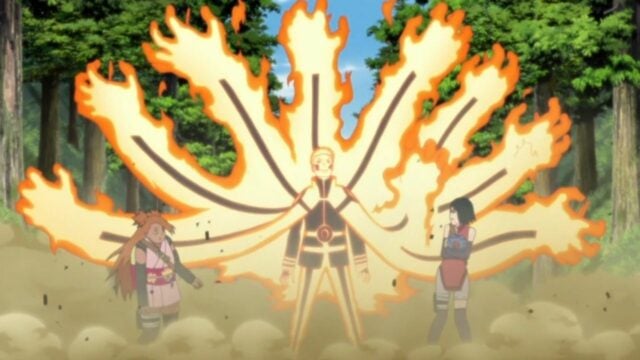
It kept finding loopholes in favor of plot or character power scaling, ignored its original lore and premise, and brought in the device of dues ex machina so many times that the inner world of the characters and the outer world of the narrative lost their meaning.
How Naruto Destroyed the World it Created
Here’s the thing. Naruto was a series about ninjas. A few resurrections, nuclear explosions, and space-rocketing power boosts later, Naruto became about gods and aliens.
Things stopped making sense and the show, at its end, almost became a different entity from the series it started as. Here are some reasons why.
I. Illogical Power Boost: Naruto Becomes Over-Overpowered
Our protagonist – yeah, I’m talking about Naruto, not Sasuke, began as a Shonen archetypical flawed hero, an ostracized orphan with no real power but with the determination of becoming stronger with his hard work and training.
Of course we expect to see vast power scaling with protagonists – but nobody expected Naruto to become Jesus.
Naruto was supposed to be the underdog, but that concept is thrown out the window pretty soon.
Our boy was a loser who wanted to become Hokage. But after his initial training days, Naruto’s power just skyrockets. From being inept at even chakra control and Shadow Cloning, dude uses Multiple Shadow Clone to gain years-worth of experience in just days.
He reaches Sage Mode way too quickly, creates Rasengan and infuses Rasenshuriken like it’s nothing, gains Six Paths Senjutsu, and performs Yin Yang Release. During the War arc,
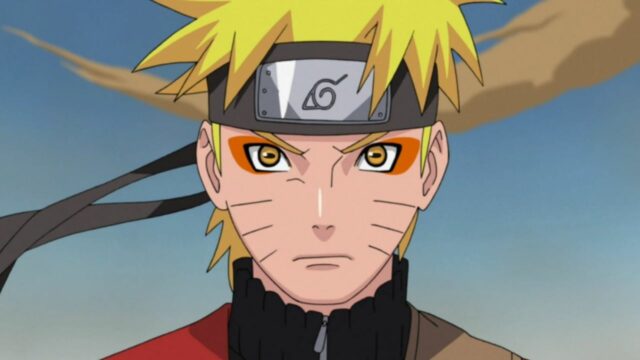
Naruto gains the Kurama Chakra Mode (Nine-Tails Chakra Mode) granted by the Jinchuriki, then accesses Six Paths Sage Mode, which totally rips the power structure apart.
But worse than 10,000 power-ups themselves and Naruto becoming neigh invincible, is the reasoning behind it.
II. Inconsistent Premise: Naruto Revealed as the Chosen One
The heart of the show was Naruto rising to make himself the Hokage of Hidden Leaf Village despite being a nobody. But he isn’t a nobody.

It turns out that Naruto has always been the chosen one, destined to become powerful enough to either save the world or destroy it.
Neji was right all along. During his battle with Naruto, he basically said that fate cannot be changed and that those born with power are the only ones capable of greatness.
In the beginning, Naruto – and characters like Rock Lee – prove him wrong by overcoming all odds and bouncing back whatever happened.
We were told that it’s not the jutsu or chakra that’s important, but the skill and technique. How you use it is was makes the difference.
Sure, Naruto worked hard to hone his technique and get stronger using his grit and hard work. But Sage Mode and Shadow Clone wouldn’t have been possible without his high-chakra genes.
In the later half of Shippuden, it’s confirmed that the odds have always been in his favor. Naruto was always prophesized to become powerful. He is the son of the previous Hokage, who put the demon fox Nine Tails/Kurama in him at birth so he could use its power later on.
It doesn’t end there: Naruto is the literal reincarnation of the ancient demigod, Ashura, and Hagoromo gifts him with Six Paths because of it.
The entire premise is toppled on itself because Naruto was always destined to become the greatest. His resilience was belittled, his achievements overshadowed.
It is inconsistent with his character, and also with the foundation and spirit of the series.
III. Ultimate Rule-Breaking: Death is a Joke!
Listen. The dead shouldn’t be able to come back to life. Not in real life, not in Naruto. It’s not a matter of principle, but the fact that it was never hinted at. If reincarnation and resurrection were possible, there should have been something in the fabric of the world already built that told us so.
Moreover, if there is no death, life loses its meaning. Not being philosophical here, but just look at what happened with the characters in the series.
By the end of Naruto, it’s like all the characters who had ever been important were revived. Madara literally died 3 times. Obito, Hashirama, Tobirama, Orochimaru died and came back to life on more than one occasion. Same with Gaara, Kakashi, Itachi, Sasuke… the list just goes on.
Death is the ultimate stake in any story; with that out of the way, everything becomes meaningless.
Sure, you can have immortal characters like Black Zetsu and Hidan, or Gods like Ashura and Indra, but having shinobi just get back up using some secret jutsu just seems like cheating.
IV. Irrational Power Structure
The power structure of Naruto is hella expansive. Concepts like Sharingan pushed the limits of what we can expect in terms of “magic”, and until Shippuden no real rules of the world had been broken.
After that? The power scales are not just tipped but obliterated. Naruto literally goes in to Dragon Ball levels of power without any foreshadowing, plot development, or character arc. While before Rinnegan was a flex, even the weakest began flaunting it.
Most of the fights pre Shippuden were strategic, they involved planning and tactics, you know, real ninja stuff. When the hand signs came in, we saw what it took to demonstrate powerful techniques. But – what happens to them? It’s like the hand signs totally vanish from the story.
Hands are replaced by eyes and while Sharingan and Mangyekou Sharingan still made sense in context to the story, abilities like Susanno was stretching it thin. Still, most fans were excited because of the simple fact that these new powers were so cool.
But eventually, cool doesn’t cut it. Not when it makes zero sense in context to the characters and story.
The War arc is the equivalent of all brawn, no brain. Explosion after explosion, and no exposition to support it.
The thing with the fluctuating power scaling is that characters keep magically getting upgrades that make them suddenly stronger than characters previously established as super-powerful elites. It became a way of hyping the main characters while everyone else became fodder.
Eventually, the shinobi become so powerful with their million boosts that nobody else stood a chance. The only next thing was for them to become god-level, which is exactly what happened.
It felt random and not-well-thought-of, not something that’s synonymous with good worldbuilding.
V. Unnecessary Plot Twists
Naruto really messed up its villains with the incessant plot twists.
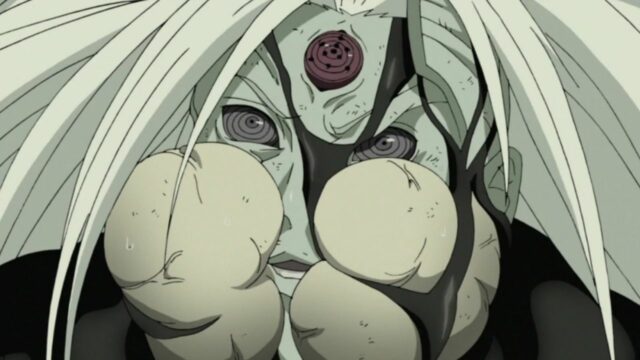
We thought Pain is the villain but it is Tobi who controlled him and Tobi is Obito who is actually controlled by Madara.
If only they had stopped there!
Black Zetsu enters the scene and tells us that he’s the creature that orchestrated the entire history of the shinobi and then kills the strongest villain.
So, he’s gotta be the final villain, right? Nope. It’s actually Kaguya, a literal goddess. (And as the final antagonist, she seemed weaker than Madara, but that’s a different topic.)
Naruto really dropped the ball when it came to worldbuilding, especially during Shippuden.
Does One Piece have the best worldbuilding? Why?
One Piece does everything Naruto does, doesn’t, and more. I’d go as far as to say that One Piece’s worldbuilding even trumps that of the MCU.
One Piece has more than 120 established islands, 70% of which we’ve been to with the characters.
They each have their own sub-cultures, traditions, mannerism, languages, even fashions – but I don’t want to talk about Oda’s geographic and sociological worldbuilding proficiency, although it does wonders in helping One Piece come alive.
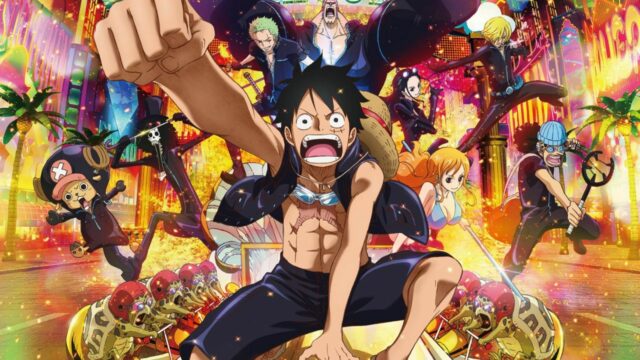
In One Piece, the external world and the people living within it exist symbiotically, each as fleshed out as the other. Skypiea and its gods and people are a mini universe of its own, playing an important role in not just in its own arc, but in the history of the One Piece storyline itself.
The battles are connected to the settings, the settings to civilizations, civilizations to communities, communities to individual characters. Every single action, dialogue, power-up, narrative device, and plot advancement is detailed, has meaning.
The Wano War is the perfect example of this: the whole journey we’ve been on since the start of the series feels valid and essential to where we are now.
Oda is the king of foreshadowing – the lore of Joy Boy, the importance of Haki, Luffy’s Devil Fruit abilities, the “villain” aka Kaido’s motives, the setting – Wano, it has all been meticulously planned, interconnected, meaningful.
Even Luffy’s personality as the light-hearted MC is tied firmly to the premise, which is tied to the plot.
While DBZ also manages its worldbuilding well – considering all the mad power boosts and extraterrestrial beings, it’s One Piece that takes the cake when it comes to maintaining the body, heart, and spirit of the series within the world it has created.
About Naruto
Naruto is a Japanese manga series written and illustrated by Masashi Kishimoto. Its publication began on September 21, 1999, and continued till November 10, 2014, in Shueisha’s Weekly Shonen Jump. The manga has collected 72 volumes in tankōbon format.
Naruto Shippuden is Part II of the anime series, which follows an older Naruto as he attempts to save his friend Sasuke while at the same time – addressing the looming threat of the criminal organization – Akatsuki – who are targeting him for their grander scheme.
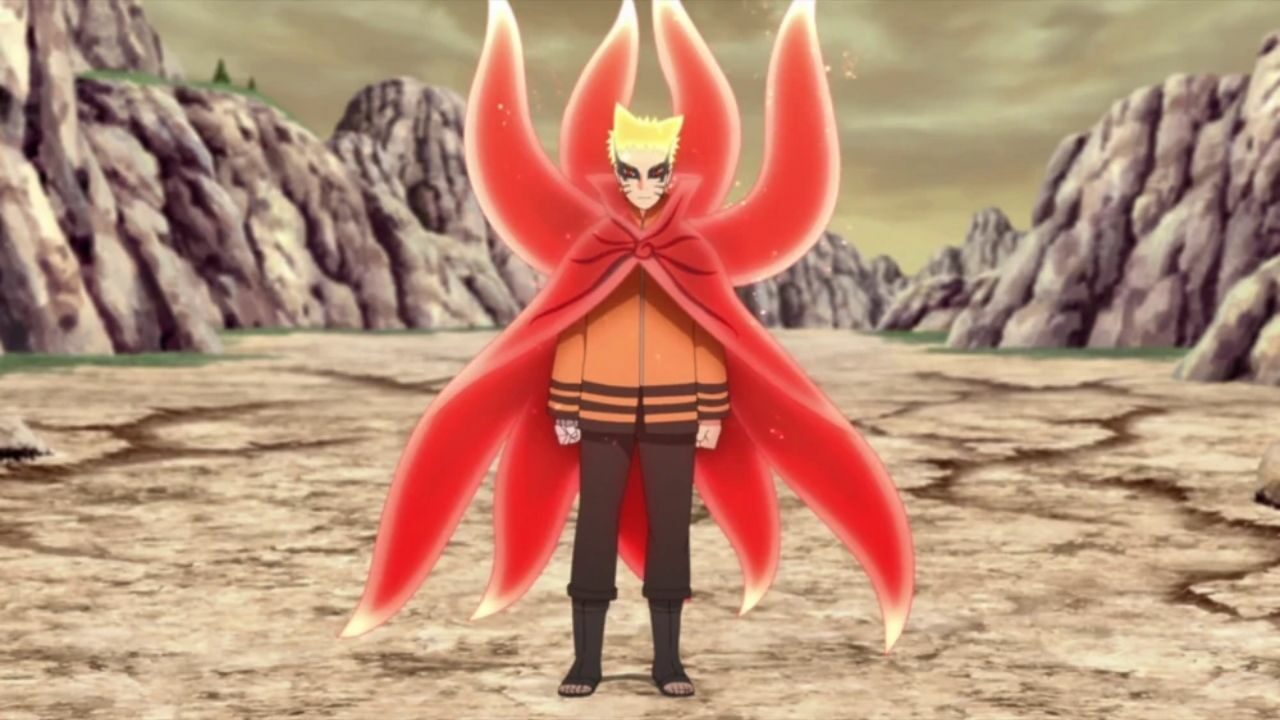
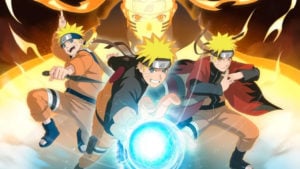
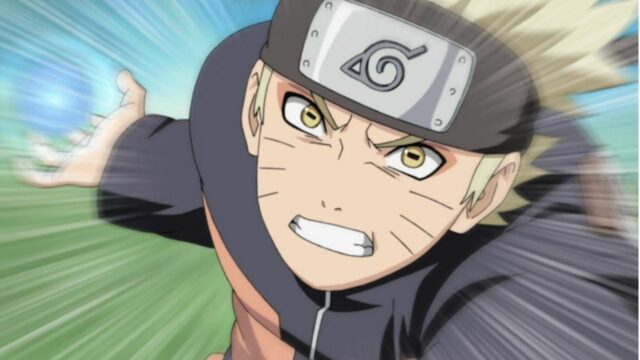
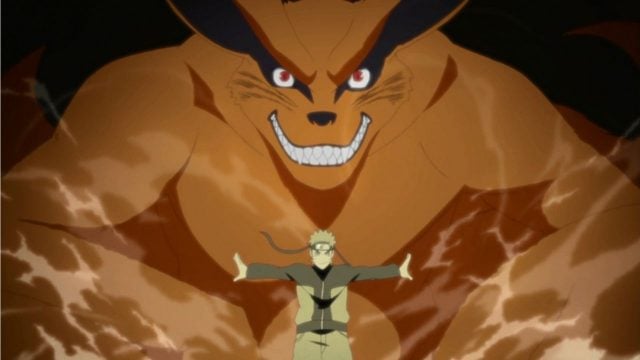

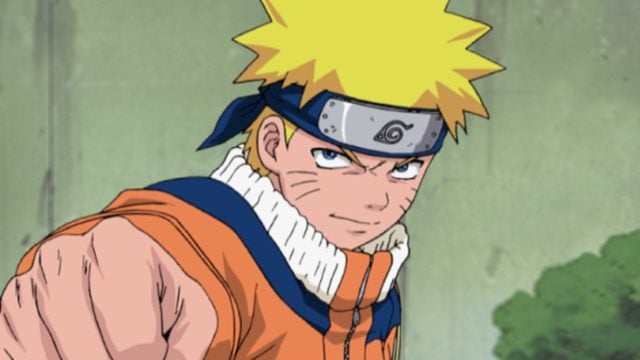
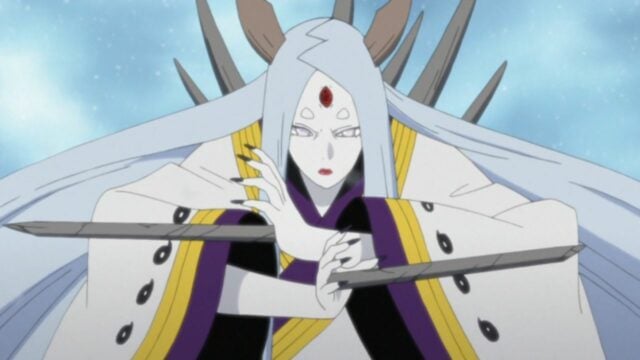
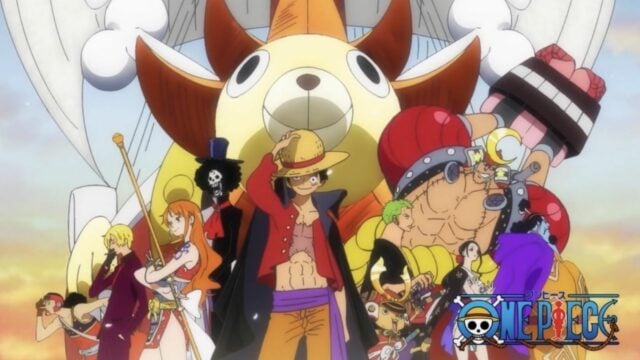
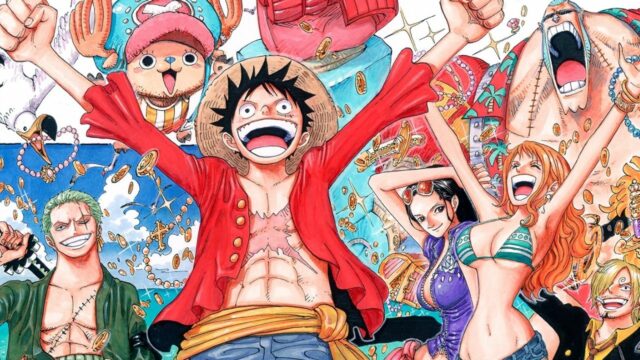
No Comments on How did Naruto destroy its own worldbuilding? Was Naruto bad?